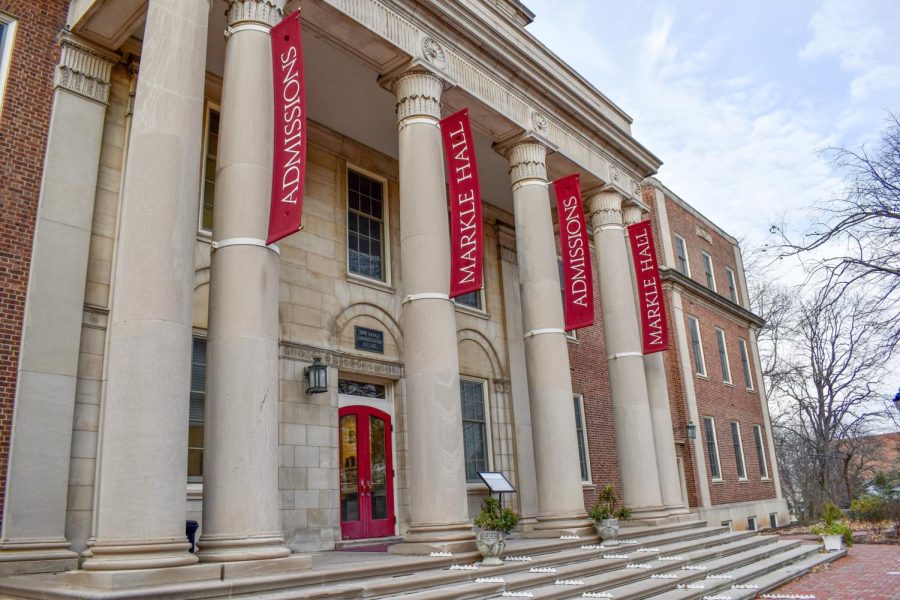The current first-year class is the largest at Lafayette to date. However, the target goal for the incoming class of 2026 is 725 students—at least 55 students lower than the preceding class year of over 780.
Last year’s spike in class size was met by discontent from the faculty in the form of a motion brought to the administration calling for greater faculty involvement in setting enrollment numbers.
The Steering Committee, which consists of members of the administration and the Board of Trustees, ultimately announced they would not hold a vote on increasing faculty involvement in the process. The decrease in class size for the incoming class was not a response to these events, according to Provost John Meier.
“The 725 was entirely based on academic, structural, those sorts of issues,” Meier said. “I think we’ve been much more conscientious this year in terms of trying in part to have good lines of communication around that because honestly, we didn’t have great lines of communication last year on that.”
Former President Alison Byerly’s “Affordability and Distinction through Growth” initiative to increase the college’s student body by 400 students was ultimately put on hold after she left the college in June 2021 and the college experienced a drop in enrollment due to the Covid pandemic.
“The new president said, ‘alright, let’s not go back to that march upward. We’re going to take a pause,’ and threw out a number to us a long time ago and said that’s the number we’re starting to bandy about, see if it works, and that number has stuck all year,” Mathematics Professor and Chair of the Enrollment Planning Committee Justin Corvino said.
With the growth initiative putting strain on the college and the new administration likely to implement a new strategic planning exercise, Meier explained that President Nicole Hurd said that they did not want to do anything to “jar the system.”
“A pause gives us a moment to regroup, collect information, figure out a little more clearly where the stresses and strains are,” Meier said.
The current senior class was the largest class enrolled at Lafayette until this past year. The current sophomore and junior class years are relatively small for Lafayette, according to Meier.
The flip to the large incoming class last year is partially due to the Covid pandemic leading to an increased number of deferrals and a decline in total enrollment in 2020 as a result.
“That was one of those things that we had to be mindful of to try and get that total enrollment to be a little bit of a steady state and one of the things that we have to be mindful of moving forward,” Meier said. “It’s part of the reason why seven hundred and twenty-five coming back off that number makes a little sense.”
By matching the graduating class size with the incoming one, Lafayette falls into an oscillation of large class sizes and smaller ones every two years.
“When you get into these imbalanced classes, you’re constantly chasing the higher-class size or lower all to keep the two-thousand seven-hundred or whatever the total enrollment is we want,” Assistant Vice President for Financial Aid Forrest Stuart added. “We were trying to keep a constant enrollment and enrollment number and with the risks that were involved with Covid melt, that’s about managing that.”
While not the driving reason behind class size determinations, budgetary needs also go into how class size is decided.
“Part of it is we do have a campus that can accommodate roughly twenty-seven hundred, and we’ve got a faculty that can accommodate roughly twenty-seven hundred students. We want to be able to give people an experience corresponding to that,” Meier said.
It remains unclear if the college will resume the growth plan in the coming years. Corvino explained that the administration is working to determine what the “right size of the college” should be going forward.
“[Hurd] is not sure what that should be yet,” Corvino said.





















































































































